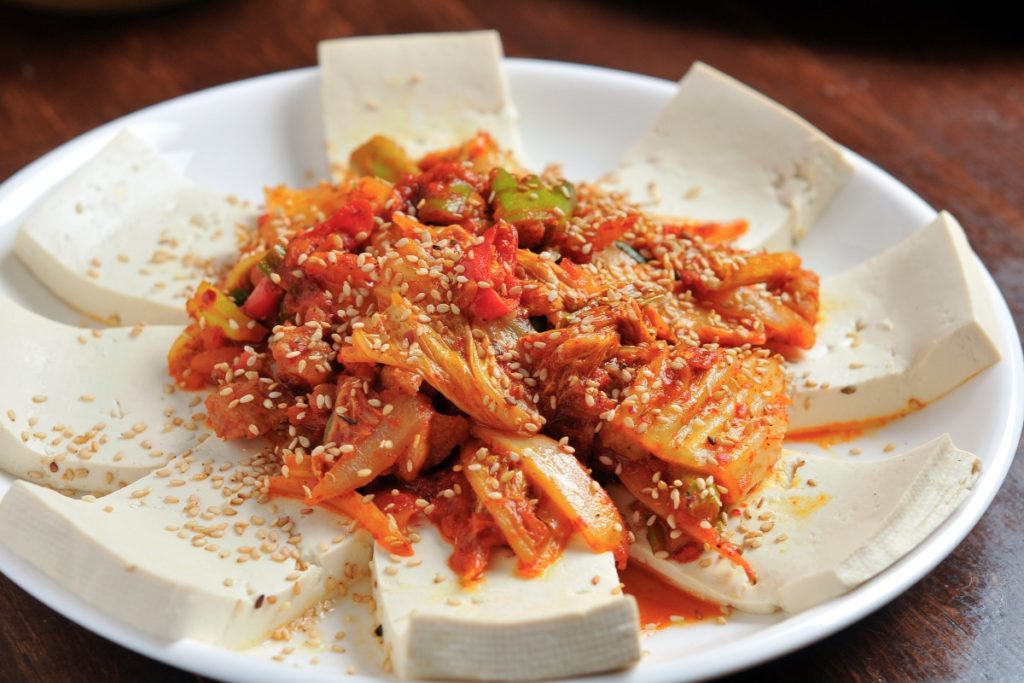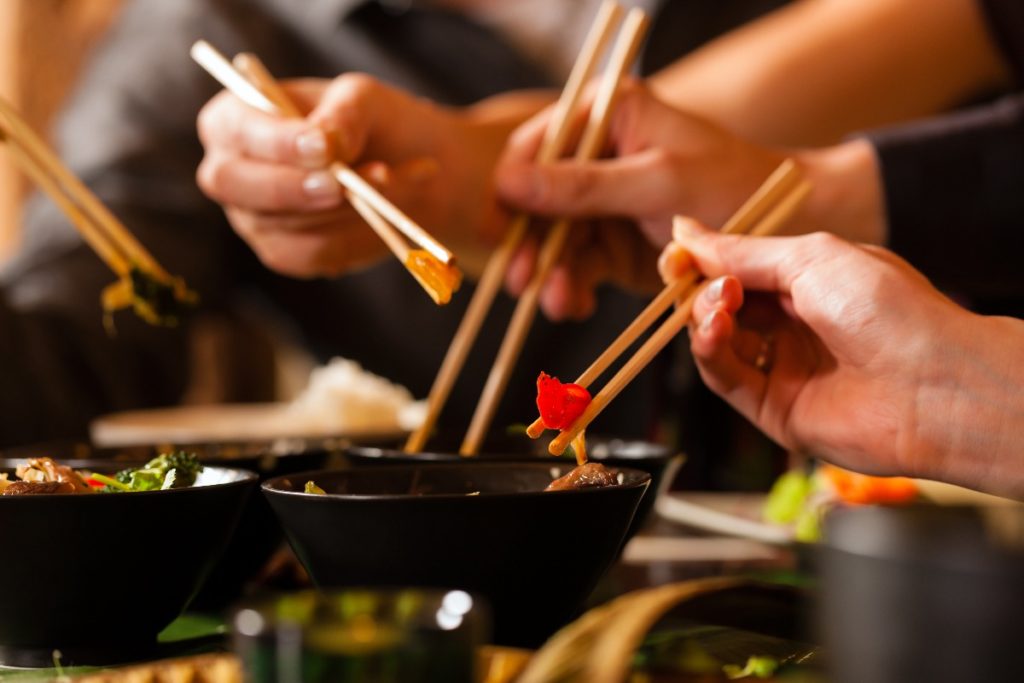At the center of every Asian gathering is a glorious meal overflowing with flavors that pack a punch. Bland and dull cooking have no place inside an Asian kitchen simply because Asians take pride in knowing that their food can keep people coming back for more—by manipulating herbs and spices.
Indeed, Asia is the homeland of magical spices and wonderful flavors. These Asian spices were among those being bartered and traded between different Western countries, marking the beginnings of the global commodities market that people know today.
From that alone, you’ll have an inkling about just how great these spices are that countries halfway around the world would import them, even if they had to pay in silver. In the 21st century, food enthusiasts no longer have to go through all that trouble just to get a taste of the renowned Asian soul food.
You might already be familiar with Asian food because you see popular restaurants at the mall or at the various “towns” that are dominated by Asian cultures, such as Chinatown, Koreatown, or Little Manila, among others. But nothing can beat the authentic flavors developed by the locals.
So, if you’re planning to travel to Asia in the future to experience the cultures and local cuisines, it can be beneficial for you to learn about their distinct flavors beforehand. To give you an idea, here are a few of the flavors that each of these 4 Asian countries are known for and where they are used:
The Indonesian Sambal
When you open a menu in an Indonesian restaurant, you might come across the term sambal and wonder what it is. In the most basic sense, sambal is a chili paste that can be mixed into dishes or broths and used as a side dipping sauce like in Sambal lalab, which is similar to green vegetable salads.
It’s usually made with various chili peppers, shrimp paste, ginger, shallots, palm sugar, and citrus juices. The sambal paste originated in Indonesia, but it’s also popular in other Asian countries such as Malaysia, Sri Lanka, Brunei, and Singapore, to name a few.
The Filipino Suka
Vinegar is as much of a household condiment as soy sauce is when it comes to Asian cooking. However, the Filipinos take their vinegar game to the next level by including different herbs and spices in the mix. The Filipino suka isn’t only sour, but it can also be sweet and spicy at the same time.
This paved the way for special Tubasuk vinegar to dominate the markets. The term is a portmanteau of “tuba” or the native alcoholic beverage made from palm coconut wine and “suka” or white vinegar. This suka is used in dishes such as Paksiw or Adobo, as well as a dipping sauce for Lumpia—the Filipino egg roll.

The Korean Gochujang
Korea is not only popular for its entertainment industry, but also its mouth-watering cuisine. Besides kimchi, another staple in most Korean meals is gochujang, which literally translates to chili pepper paste. The gochujang is used as a flavoring for stews and soups, or as a dipping sauce for Samgyeopsal — the pork belly central to most KBBQ restaurants.
Gochujang is also an integral aspect of Bibimbap, Korea’s national rice dish which has a variety of meats and vegetables. For those who aren’t big fans of the spicy paste, there are other variations of this fermented soybean paste, such as Ssamjang and Doenjang.
The Indian Chutney
When you think of Indian cuisine, chutney won’t be the first thing that pops into your mind. It could be Curry or Masala because those are the more dominant flavors in Indian cuisine. However, the Indian chutney should be given the limelight it deserves because it’s a versatile condiment that complements other dishes.
The chutney is usually a spicy-savory condiment consisting of slow-cooked fruits or vegetables. It can also contain coconut, mint, peanut, mango, tamarind, and other homegrown spices. Chutney is the perfect dipping sauce for naan, but it can also be used as a condiment for curry dishes.
This list doesn’t even begin to cover all the wonderful flavors bursting out of the many Asian countries, but it can give you an idea about how you can begin to expand your palate. Most people would avoid Asian cuisines because of the pungent smells that attack the nostrils, but once you get past that, you’ll see that there’s so much depth and history in every dish that’s packed with flavor.
Don’t miss out on the complete Asian experience just because you’re afraid of a little spice. Many Asian dishes aren’t spicy or pungent, and they can be a real treat for your taste buds. You just have to know where to look for authentic dishes cooked with love and passion from the locals.




